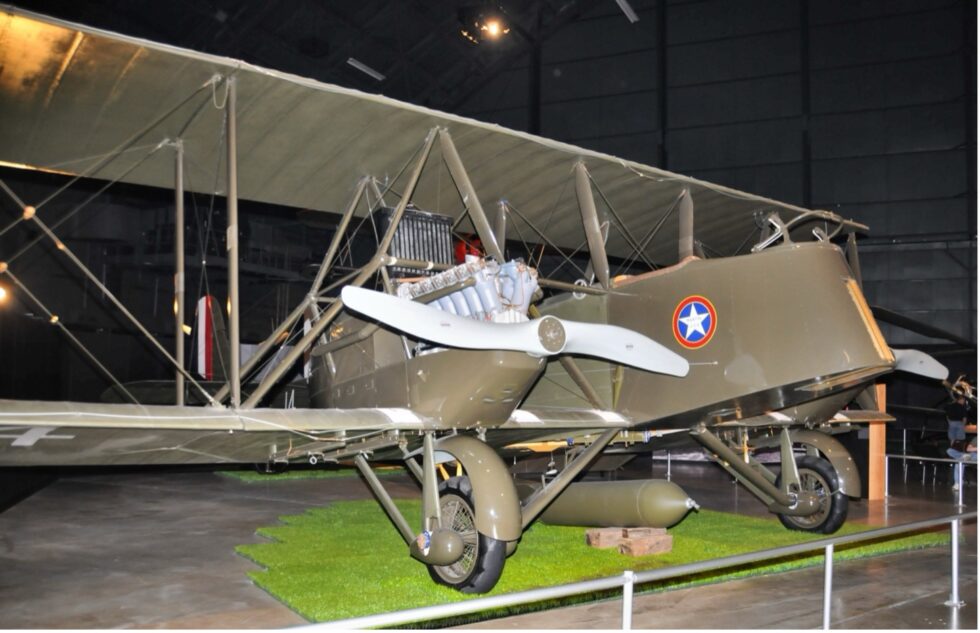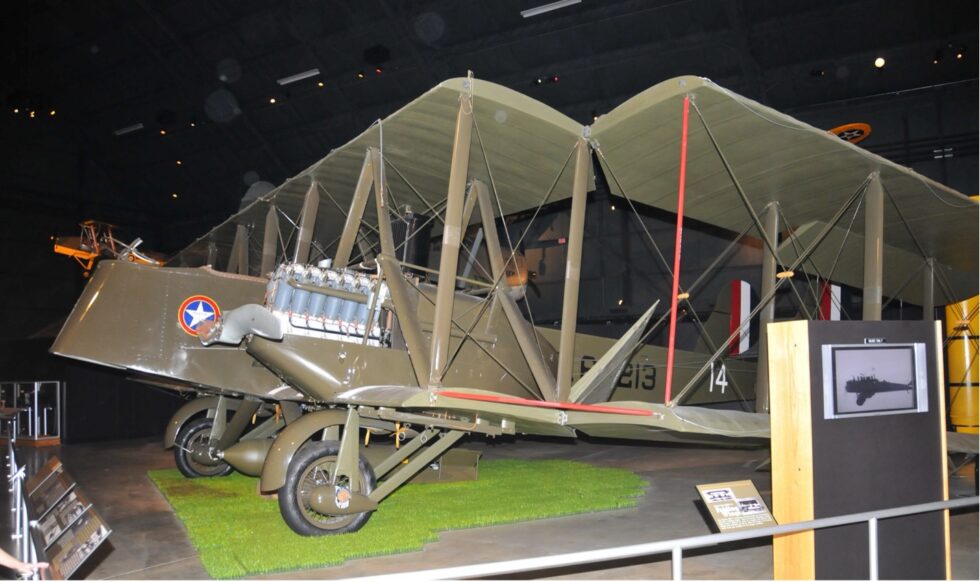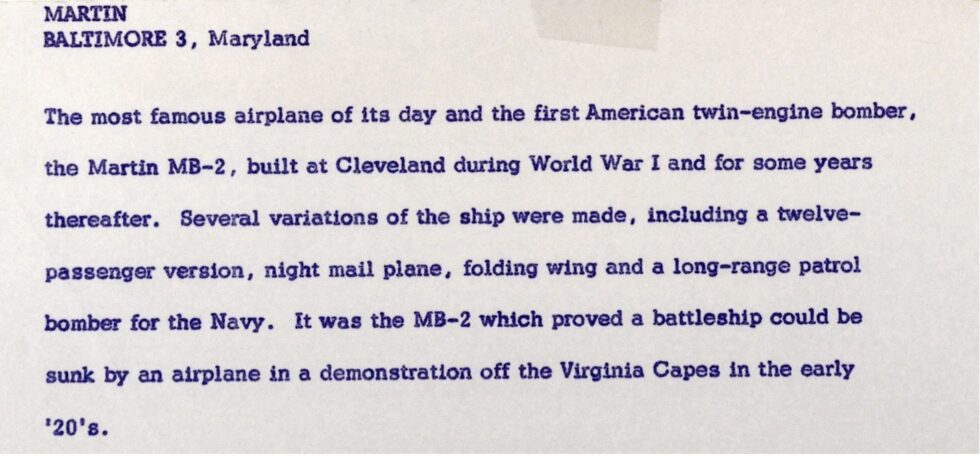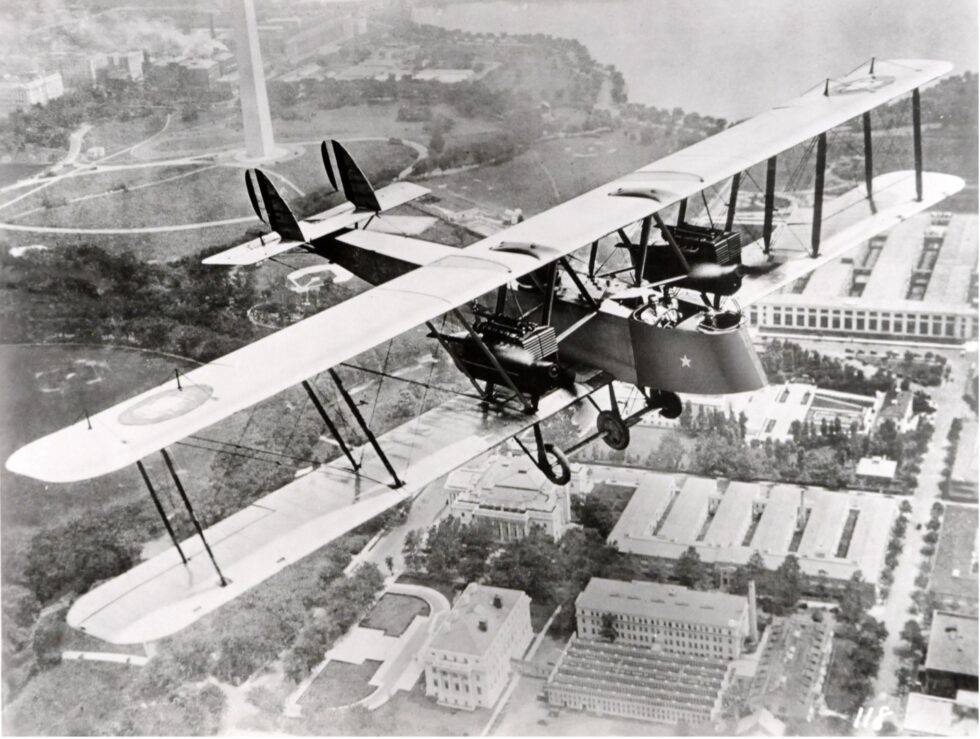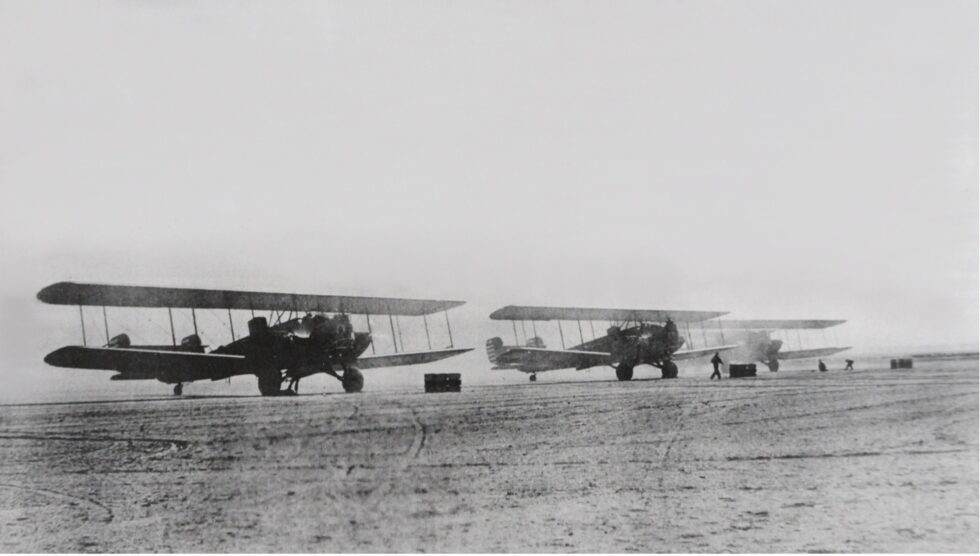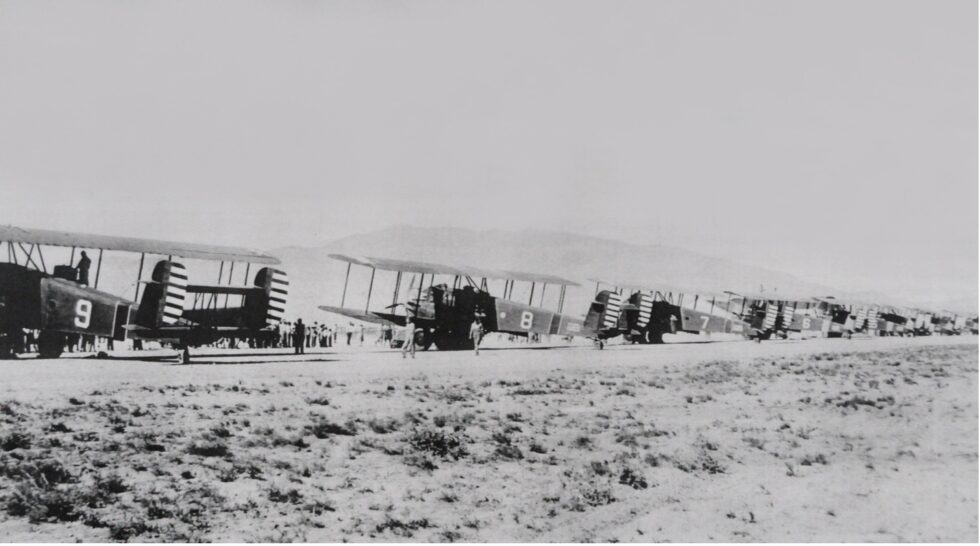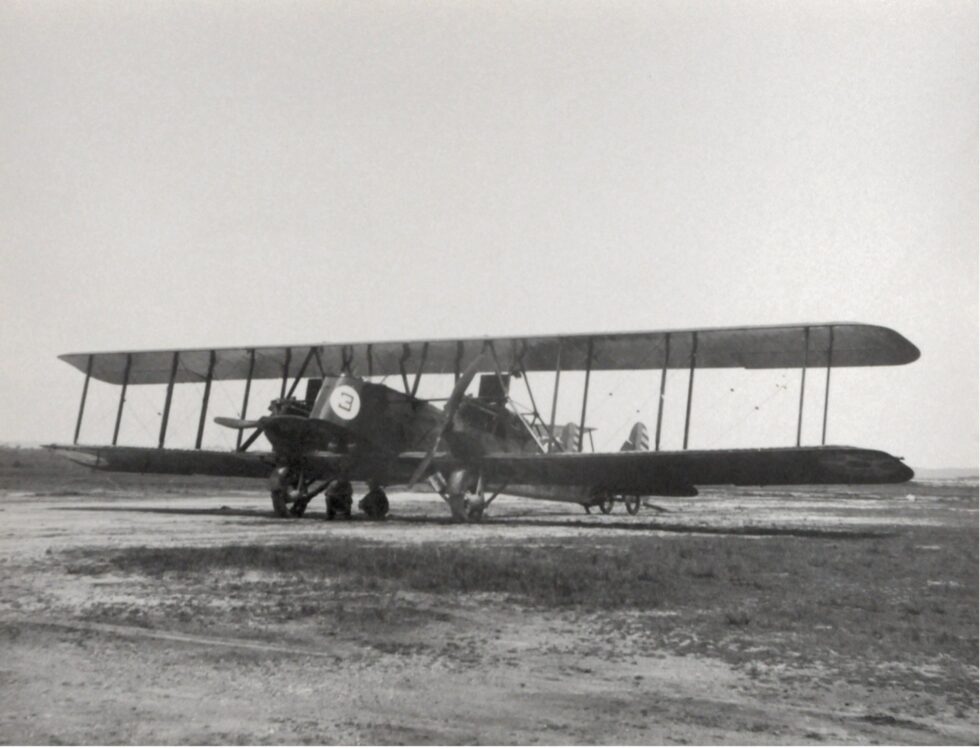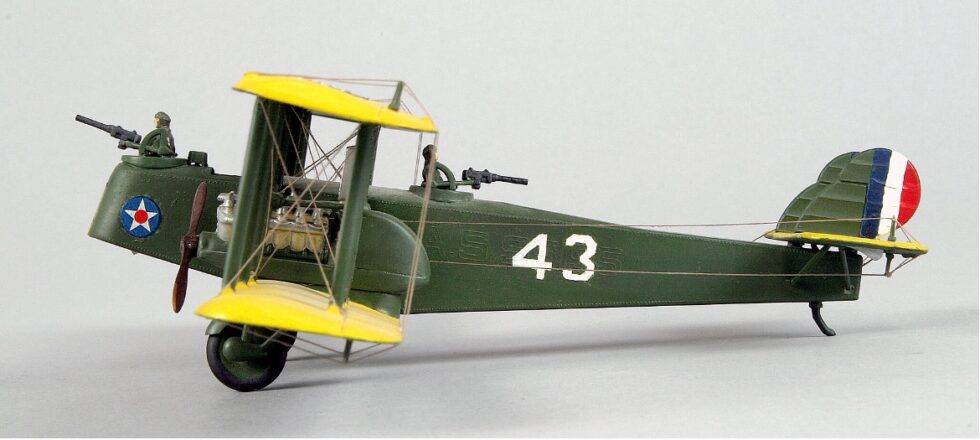U.S. Army Air Corps Martin NBS-1 MB-2
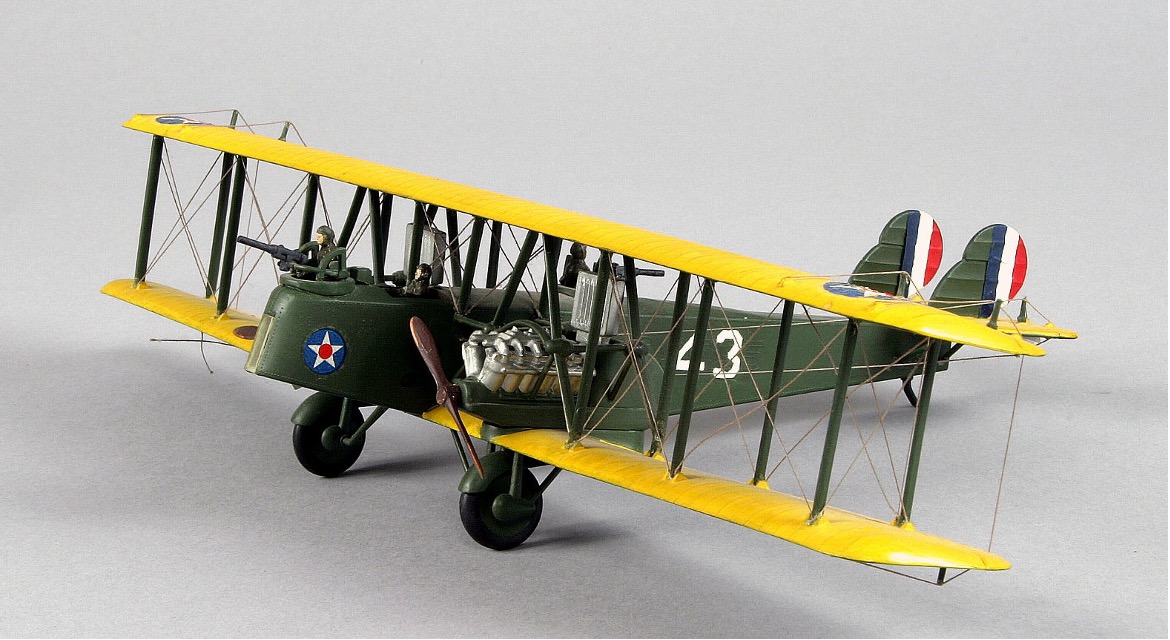
MODEL BY:
H. Davidson
Model Scale:
1/32
MODEL ADDED:
07/10/1965
historical significance
First Albuquerque Visit: 1932
Additional Information:
The Martin NBS-1 was a military aircraft of the United States Army Air Service and its successor, the Army Air Corps. As an improved version of the Martin MB-1, a scout-bomber built during the final months of World War I, the NBS-1 was ordered under the designation MB-2 and is often referred to by that name The designation NBS-1, standing for “Night Bomber-Short Range”, was adopted by the Air Service after the first five of the Martin bombers were delivered.
The NBS-1 became the standard frontline bomber of the Air Service in 1920 and remained so until its replacement from 1928 to 1929 by the Keystone Aircraft series of bombers. The basic MB-2 design was also the standard against which prospective U.S. Army bombers were judged until the production of the Martin B-10 in 1933.
The NBS-1 was a wood-and-fabric biplane without staggered wings, employing twin rudders on a twin vertical tail. The two Liberty 12-A engines sat in nacelles on the lower wing flanking the fuselage. Ordered under the company designation MB-2 in June 1920, the NBS-1 was an improved larger version of the Martin MB-1 bomber built by the Glenn L. Martin Company in 1918, also known as the GMB or Glenn Martin Bomber. The first flight of the MB-2 took place 3 September 1920. The MB-2 was the mainstay of the Army Air Forces’ bomber command from 1919 through 1934. Until its replacement by the B-10, the MB-2 was used to develop all the tactics which were to bear fruit in WWII.
There are no known surviving original Martin NBS-1 bombers but in 2002 a full-scale reproduction of the aircraft constructed from original drawings went on display at the National Museum of the United States Air Force in Dayton, Ohio,
The MB-2 bomber was a frequent visitor to Oxnard Field in Albuquerque New Mexico and participated in the desert war games of 1932.
The only surviving Martin Bomber can be seen in the Air Force Museum today.
GALLERY:
SEARCH OUR DATABASE:

